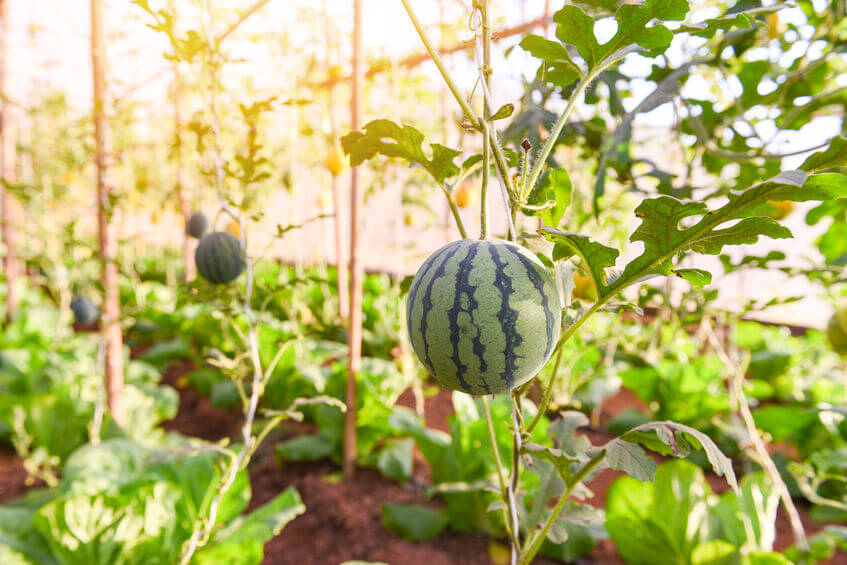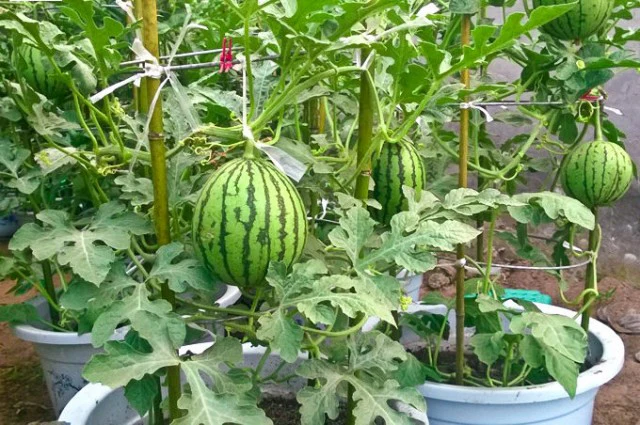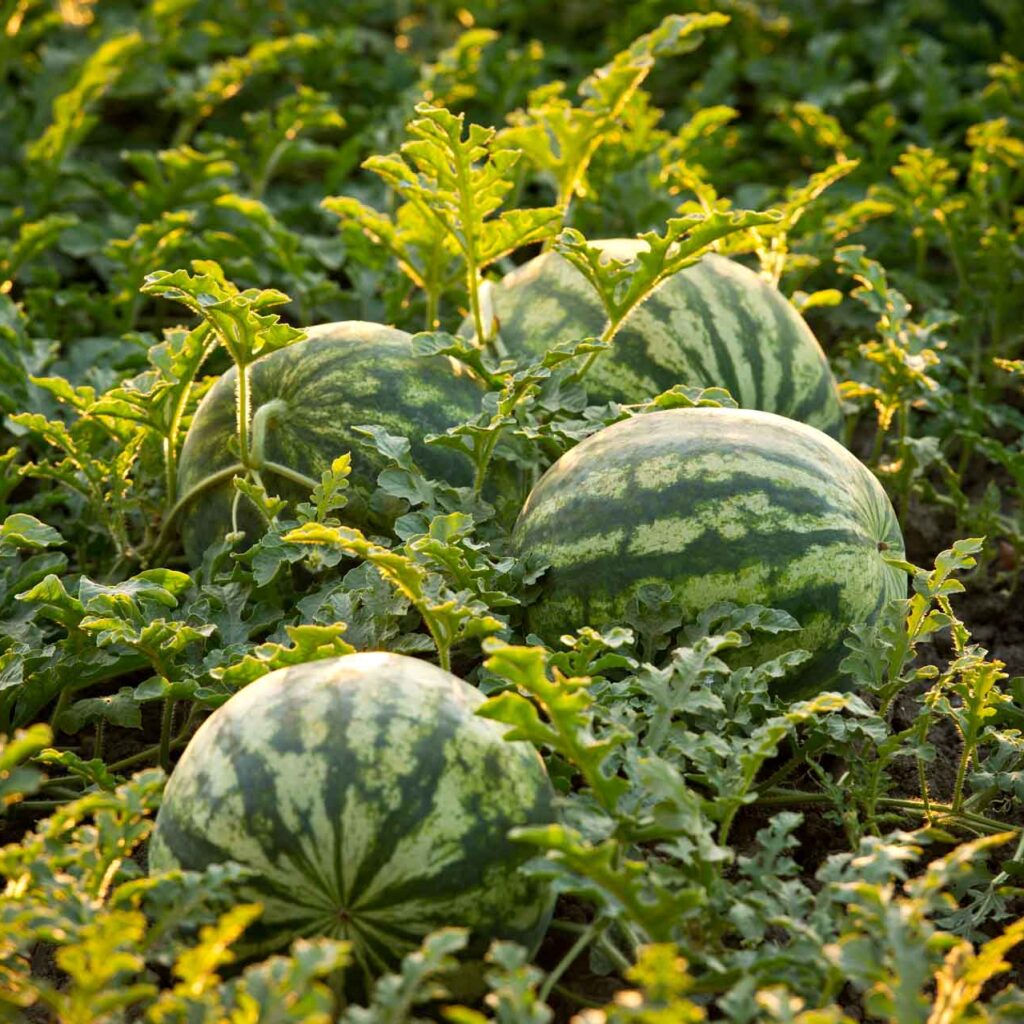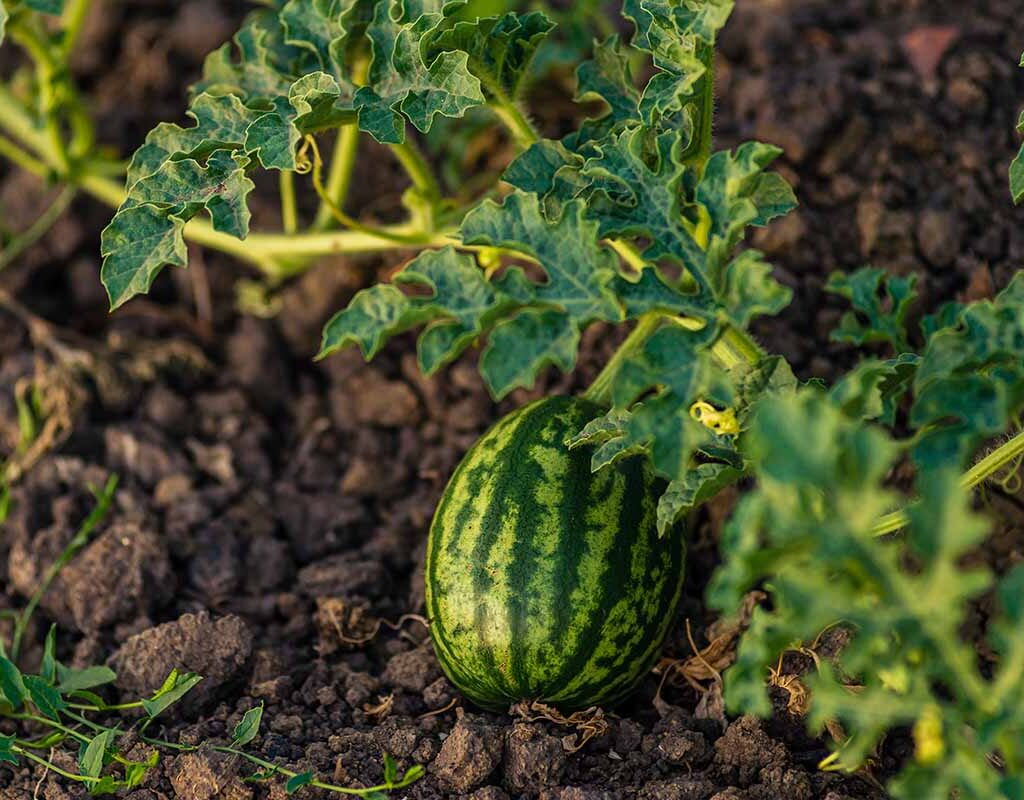Watermelon (Citrullus lanatus) is one of the most refreshing and beloved fruits of summer, known for its juicy, sweet flesh and hydrating properties. Native to Africa, watermelon thrives in warm climates with plenty of sun, and like most fruiting plants, its success depends heavily on proper watering practices. Too little water leads to small, dry fruits, while too much can cause poor fruit set, bland flavor, or even disease.
So — how often should you water a watermelon plant? The answer depends on various factors including plant age, weather conditions, soil type, and whether it’s grown in-ground or in containers. In this comprehensive guide, we’ll explore everything you need to know about watering watermelon plants for healthy growth and delicious harvests.
Why Is Watering Important for Watermelon Plants?

Watermelon plants are composed of about 92% water, and their fruits, being so large and moisture-rich, require consistent water throughout the growing season. Proper watering is essential for:
- Germination of seeds
- Strong root development
- Healthy vine and leaf growth
- Optimal flowering and fruit set
- Juicy, sweet, and properly sized fruits
Inconsistent watering, especially during fruit development, can lead to problems such as fruit splitting, poor sweetness, or blossom end rot.
How Often Should You Water a Watermelon Plant?

The frequency of watering watermelon plants varies based on their growth stage:
| Growth Stage | Watering Frequency |
|---|---|
| Seedling (0–3 weeks after sowing) | Every 2–3 days to keep soil evenly moist |
| Vine and foliage growth (3–6 weeks) | Every 3–5 days depending on weather |
| Flowering and fruit setting (6–10 weeks) | Every 2–3 days, more during hot dry spells |
| Fruit maturing (final 1–2 weeks before harvest) | Reduce to once a week or stop completely |
Seasonal Watering Needs

Spring
- Keep soil consistently moist for seed germination.
- Water young seedlings every 2–3 days.
- Avoid waterlogging, as young roots are sensitive.
Summer
- This is the most critical watering period as vines grow rapidly and fruits develop.
- Watermelon plants require about 1–2 inches of water per week.
- In hot, dry weather, increase watering frequency to every 2–3 days.
- Reduce water slightly once fruits near maturity to concentrate sugars for better flavor.
How Much Water Does a Watermelon Plant Need?

Watermelon plants require deep watering to encourage roots to grow downwards, improving drought tolerance and overall plant health.
General Guidelines:
- Provide 1–2 inches of water per week.
- In sandy soils, you may need to water more often.
- Ensure each watering session soaks the soil at least 6–8 inches deep.
Pro tip: Avoid frequent, shallow watering as it promotes weak, surface-level root systems.
Watering Container-Grown Watermelons

Growing watermelons in containers is possible with compact or dwarf varieties. Containers dry out faster than garden soil, requiring more attentive watering.
Tips:
- Check soil moisture daily.
- Water when the top 2–3 inches of soil feel dry.
- During hot weather, you may need to water daily or twice a day.
- Use large, deep containers with excellent drainage.
Soil Type and Its Effect on Watering
Different soil types retain and drain water at different rates:
| Soil Type | Watering Frequency |
|---|---|
| Sandy soils | Drain quickly; water more frequently |
| Loamy soils | Retain moisture well; ideal for melons |
| Clay soils | Hold water longer; water less often but ensure good drainage |
If you have clay or sandy soil, amend it with compost to improve moisture retention and drainage.
Climate and Weather Considerations
In hot, arid, or windy regions:
- Increase watering frequency to every 1–2 days during heatwaves.
- Water early morning or late afternoon to minimize evaporation.
- Use mulch to conserve soil moisture.
In humid or rainy regions:
- Reduce watering frequency to avoid overwatering.
- Check soil before each watering to ensure it has dried out appropriately.
Best Time of Day to Water Watermelon Plants
The ideal times to water are:
- Early morning: Allows water to soak deeply before heat evaporates it.
- Late afternoon (before dusk): If morning watering isn’t possible, but avoid late evening watering to reduce the risk of fungal diseases.
Mulching for Moisture Retention
Mulching is essential for watermelon plants as it:
- Reduces water evaporation.
- Keeps soil temperature consistent.
- Suppresses weed competition.
- Prevents fruits from resting on bare soil.
Recommended mulch materials:
- Straw
- Grass clippings
- Dried leaves
- Black plastic (in cooler regions)
Apply a 2–4 inch layer around plants, avoiding direct contact with stems.
Signs of Overwatering and Underwatering
Recognizing the signs of water stress is crucial for timely adjustments.
Signs of Underwatering:
- Wilting vines, especially during the heat of the day.
- Dry, crumbly soil.
- Small, deformed fruits.
- Premature fruit drop.
Signs of Overwatering:
- Yellowing leaves starting from the bottom.
- Waterlogged, soggy soil.
- Root rot.
- Blossom end rot on fruits.
Pro Tip: Always check soil moisture at a depth of 4–6 inches before watering.
Common Watering Mistakes
| Mistake | Effect | Solution |
|---|---|---|
| Frequent shallow watering | Weak, shallow roots | Water deeply to soak soil 6–8 inches |
| Overwatering during fruit ripening | Reduces sweetness, causes splitting | Cut back watering once fruits mature |
| Watering during midday heat | Rapid evaporation and possible leaf scorch | Water early morning or late afternoon |
| Not adjusting for soil type | Inconsistent moisture levels | Tailor watering to your soil’s properties |
How to Check If Watermelons Are Ready to Harvest (Tied to Watering)
As harvest time approaches:
- Reduce watering to once a week or stop completely 5–7 days before harvest.
- This concentrates sugars in the fruit, enhancing flavor and preventing watery, bland melons.
Signs a watermelon is ripe:
- The tendril nearest the fruit turns brown and dries.
- The spot where the melon rests on the ground turns yellow.
- A dull, hollow sound when tapped.
Conclusion
Watering is one of the most important care tasks for watermelon plants. The right balance of deep, infrequent watering promotes strong roots, lush vines, and large, juicy, sweet fruits. Understanding your soil type, adjusting for climate, using mulch, and knowing when to cut back watering at harvest time ensures a healthy and productive watermelon patch.
By following this guide and observing your plants’ needs, you’ll be rewarded with homegrown watermelons bursting with flavor, perfect for refreshing summer treats.
So, next time you grab that watering can or garden hose, remember — your watermelon plants thrive on a thoughtful, well-timed drink.





Leave A Comment